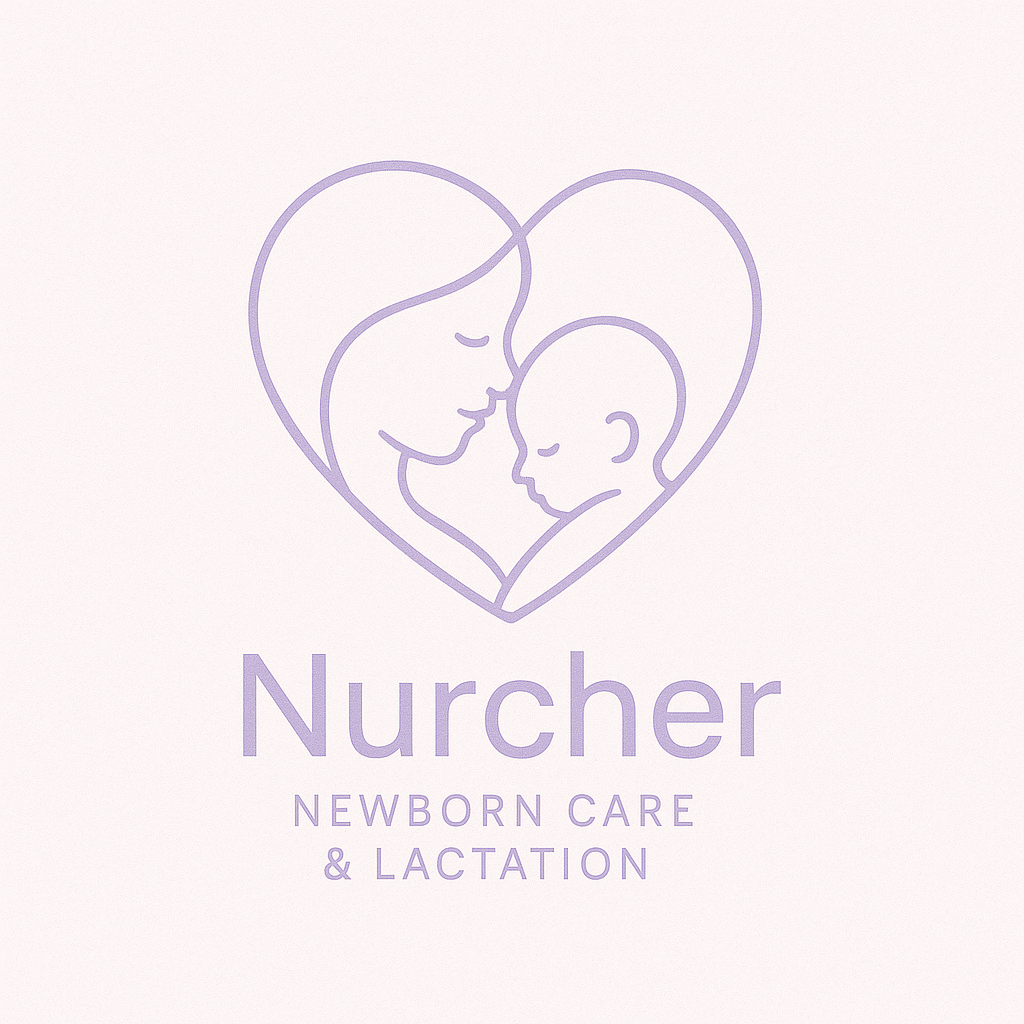Snug as a Bug: How to Swaddle Your Baby with Love and Care
Bringing home a new baby is a little like welcoming a tiny burrito of joy into your life—soft, squishy, and full of wonder. And just like any good burrito, some babies love being wrapped up nice and cozy! But how do you swaddle safely? When is it time to stop? This gentle, supportive guide will walk you through swaddling benefits and risks, when to transition away from swaddling, and simple safe sleep tips—all with plenty of encouragement for you, dear parent, as you care for your sweet little bundle.
What Is Swaddling?
Swaddling is the simple practice of wrapping your baby snugly in a lightweight blanket to help them feel safe and calm—just like they felt in the womb. It can reduce startling (called the Moro reflex) and help many babies settle more easily for sleep.
Benefits of Swaddling
Soothes and Calms: Swaddling can help babies feel secure, reduce fussiness, and promote longer, more peaceful sleep stretches—especially during the early months.
Reduces Startle Reflex: The gentle wrap helps prevent babies from startling themselves awake with sudden arm or leg movements.
Supports a Sleep Routine: For some little ones, swaddling becomes a familiar cue that says, “It’s time to rest.”
Risks to Keep in Mind
While swaddling offers wonderful benefits, safe technique is key:
Overheating: Over-bundling can cause your baby to get too warm, which raises the risk of Sudden Infant Death Syndrome (SIDS). Always use a lightweight, breathable fabric and skip heavy layers.
Hip Development: Babies need to move their hips freely to grow properly. Wrapping their legs too tightly can lead to hip problems. Their legs should be able to bend and flex comfortably.
Rolling Over: As soon as your baby shows signs of rolling (usually between 2-4 months), it’s time to stop swaddling to prevent the risk of suffocation.
When to Stop Swaddling
It's time to say goodbye to the swaddle when your baby:
Starts attempting to roll over
Consistently wiggles out of the wrap
Sleeps better without the swaddle or protests being wrapped
At this stage, you can switch to a wearable blanket (sleep sack) that keeps baby cozy while allowing free movement.
How to Swaddle Your Baby Safely
Here’s a simple step-by-step to make your little one snug as a bug:
Pick the Right Blanket:
Choose a soft, thin, breathable swaddle blanket—not too thick or heavy.Lay the Blanket Flat:
Spread it into a diamond shape and fold the top corner down to form a triangle.Position Baby:
Place your baby on their back, with their shoulders just below the folded edge.Wrap One Side:
Gently bring one corner across baby’s body, tucking it under their opposite side.Tuck the Bottom:
Fold the bottom corner up over baby’s feet, leaving enough room for the hips and legs to move freely.Wrap the Other Side:
Pull the final corner across and snugly tuck it underneath your baby.
You should always be able to slip two fingers between the blanket and your baby’s chest.
Hips and legs should wiggle freely—no tight wrapping around the lower body!
Safe Sleep Reminders
Swaddling is only part of a safe sleep routine. Here’s what else to remember:
Back to Sleep: Always lay your baby down on their back—for naps and nighttime.
Firm, Flat Surface: Use a crib, bassinet, or play yard with no pillows, bumpers, or loose blankets.
Cool and Comfortable: Keep baby’s room cool and avoid overdressing to prevent overheating.
Stop Swaddling Before Rolling: Babies who can roll should no longer be swaddled for safety.
Tip: Not every baby loves being swaddled—and that’s okay! Some prefer their arms free or no swaddle at all. Follow your baby’s cues.
A Gentle Note to Parents
If swaddling feels tricky—or if your baby seems to dislike it—you’re not doing anything wrong. Every baby is unique. Whether you swaddle or not, your loving presence, warmth, and care are what your baby needs most.
If you ever feel uncertain about your baby’s sleep or safety, reach out to your pediatrician or a trusted newborn care professional. You are doing beautifully.
Final Thoughts
Swaddling can help babies sleep peacefully and feel secure—but it’s all about comfort and safety. Knowing when and how to swaddle (and when to stop) helps keep your little one snug as a bug and sleeping sweetly.



